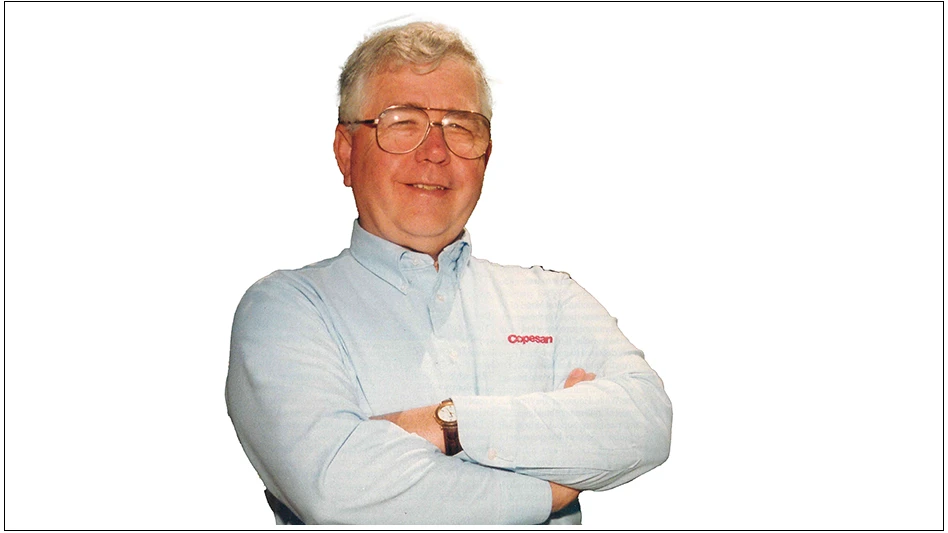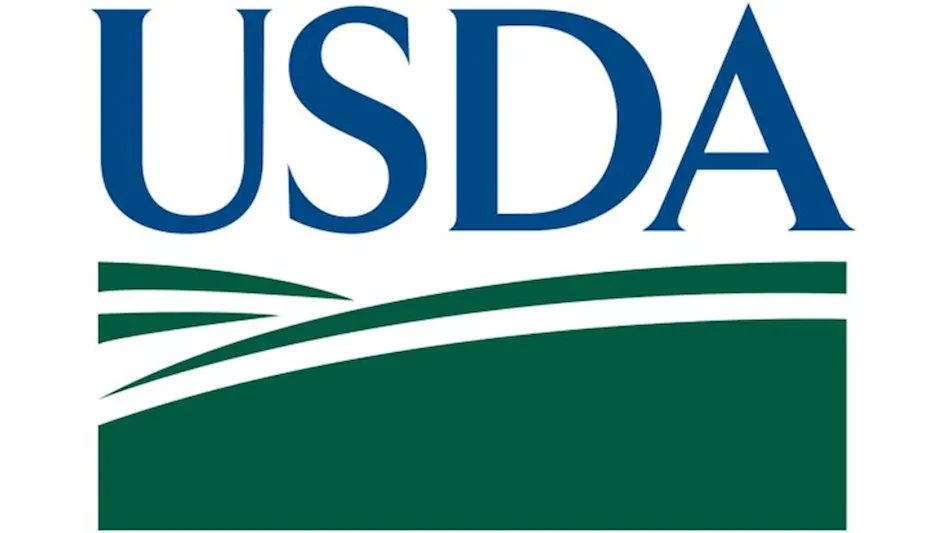If your organization runs like many others in the food industry, there are considerable differences between your third “graveyard” shift and your day shifts. Speaking as the voice of your third-shift teams, I would resoundingly say: “We need additional support from the management team!”
The third shift often faces challenges that are not typical issues of the other shifts. The late-night hours can be viewed as undesirable, meaning that the employees who staff third shift are often of the lowest seniority, which can be linked to being the least trained. Due to the unpopular hours, this shift also may experience the highest turnover rate in the organization.
Another common characteristic of the third shift is that it has the lowest number of support staff in departments related to production. Think about departments or functions such as warehousing, purchasing, engineering, scheduling, and human resources. These groups may not be represented at all on the graveyard shift. Additionally, other departments, such as quality and maintenance, typically run a skeleton crew. The inability to have immediate communication between the third shift and these groups may be putting quality, food safety, or efficiency in jeopardy. For example, production or quality staff working at night may have feedback about raw materials that cannot be immediately or easily communicated to the purchasing group. This could mean the defect will continue to occur and cost the company money or customers.
Production scheduling is another challenge that night shifts often face. Typically, the long runs of mainstream products are conducted during the first few shifts of the day, because these are the most critical items needed to fill customer orders. This means fewer changeovers and more familiarity with the formulas run during the day. Conversely, night shifts often are faced with excessive changeovers and managing runs of less familiar formulas. Each changeover is an opportunity for error, such as those related to cleaning, package or label verification, or line setup.
As part of the management team, think about how many times each day supervisors, leads, and front-line employees ask you questions. All of these same questions arise on third shift, but the decisions are being made without senior management input. If you haven’t equipped the third shift team with decision makers or access to pertinent information, how can you expect success?
If you are still not convinced that the third shift needs your support, look at some key data specific to your operation, such as by-shift: complaints, pounds, changeovers, holds, and employee turnover. This data is not intended to be punitive, but rather to highlight some missed opportunities. With the right support, there is no reason that the third-shift data should be any different from that of other shifts.
There are many things that the senior management team can do to support third shift. The first thing is to show up. Being present is a great way to show that you value the employees and work being done. This also will foster dialogue. Bringing other key activities to the third shift will go a long way to educating and engaging nightshift personnel. Bring the self-inspection team to the graveyard shift to do self-inspections and include third shift personnel. Or, take it to the next level: ask your third-party audit provider to do its inspection or audit during the third-shift hours. This would be a great learning and engagement activity.
My call to action for you is to engage your management team in supporting third shift. This does not mean sending a manager to third shift for a week; it means the entire team committing together to show up on third shift for an extended period of time. This includes human resources, maintenance, engineering, quality, production, sanitation, purchasing, and the plant manager. Create a plan to do a big push for management support on third shift, and then, once momentum is created, move to a mode where that support and communication can be maintained. An investment today in third shift will have huge long-term rewards in employee satisfaction, product quality and safety, and the financial health of your organization.
The author is Vice President, Food Safety Services Innovation, AIB International.
Latest from Quality Assurance & Food Safety
- Insects Limited Announces Leadership Changes, Promotions for Continued Growth
- ReposiTrak Welcomes 50 New Produce Suppliers to Food Traceability Network
- First Bird Flu Death Reported in United States
- FDA Issues Final Guidance on Action Levels for Lead in Processed Food Intended for Babies, Young Children
- Penn State Offers Course to Assist Food Processors in Controlling Listeria
- Tanzania Embraces One Health Approach to Enhance Food Safety and Trade
- FDA Releases Allergen, Food Safety and Plant-Based Alternative Labeling Guidance
- Bird Flu Suspected in Some Ohio Waterfowl





